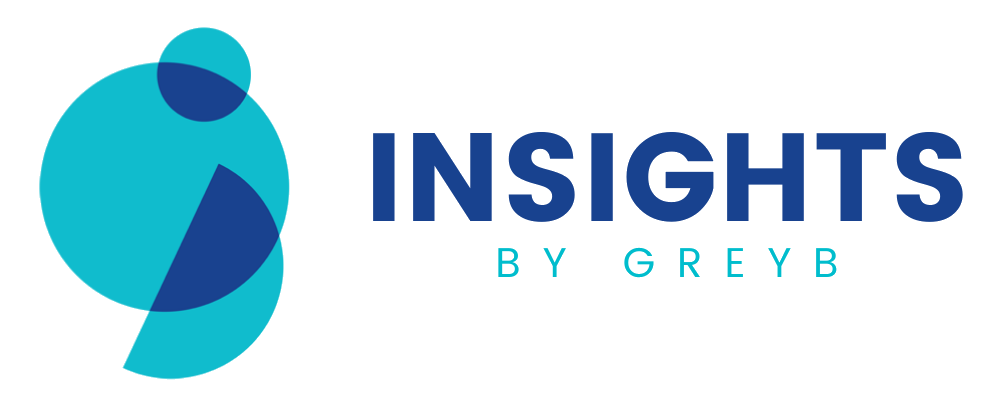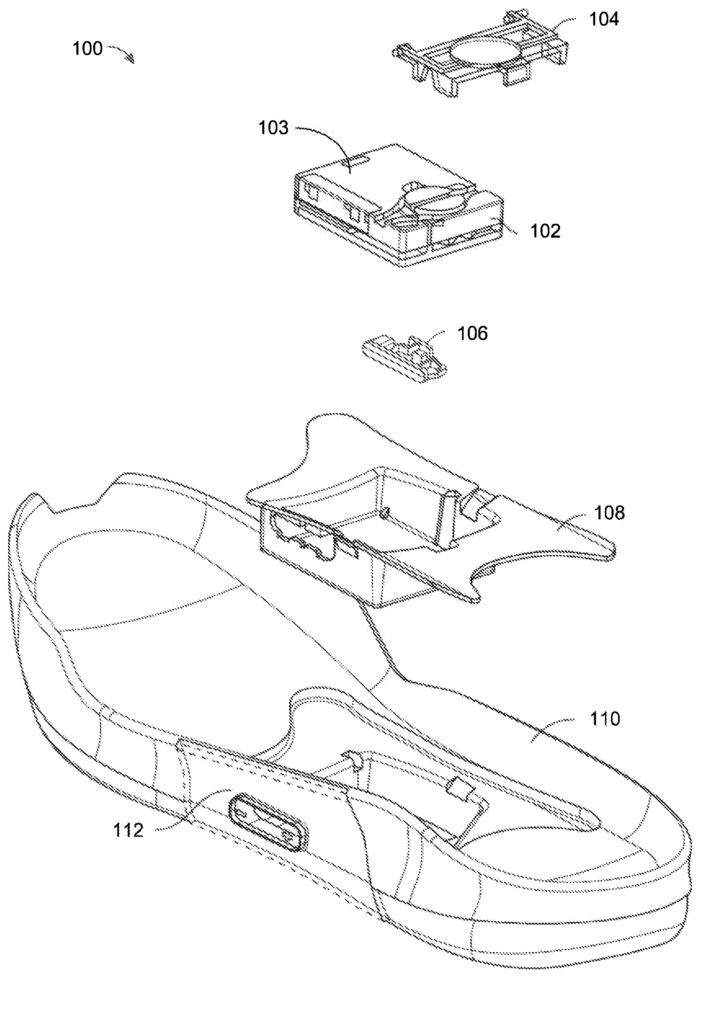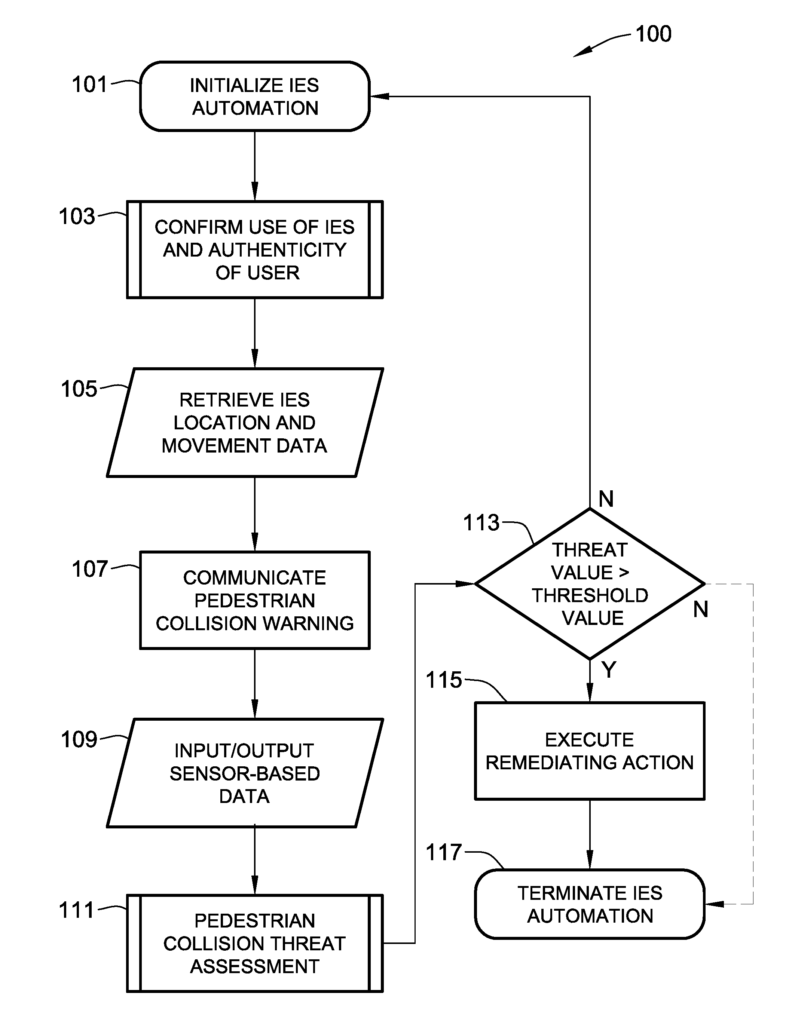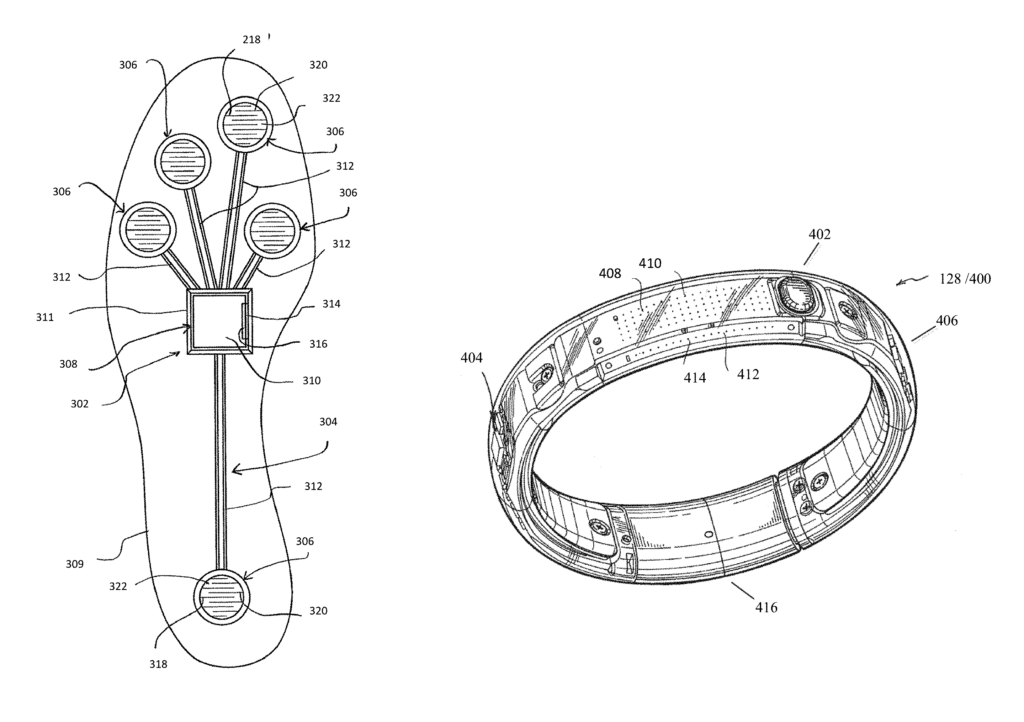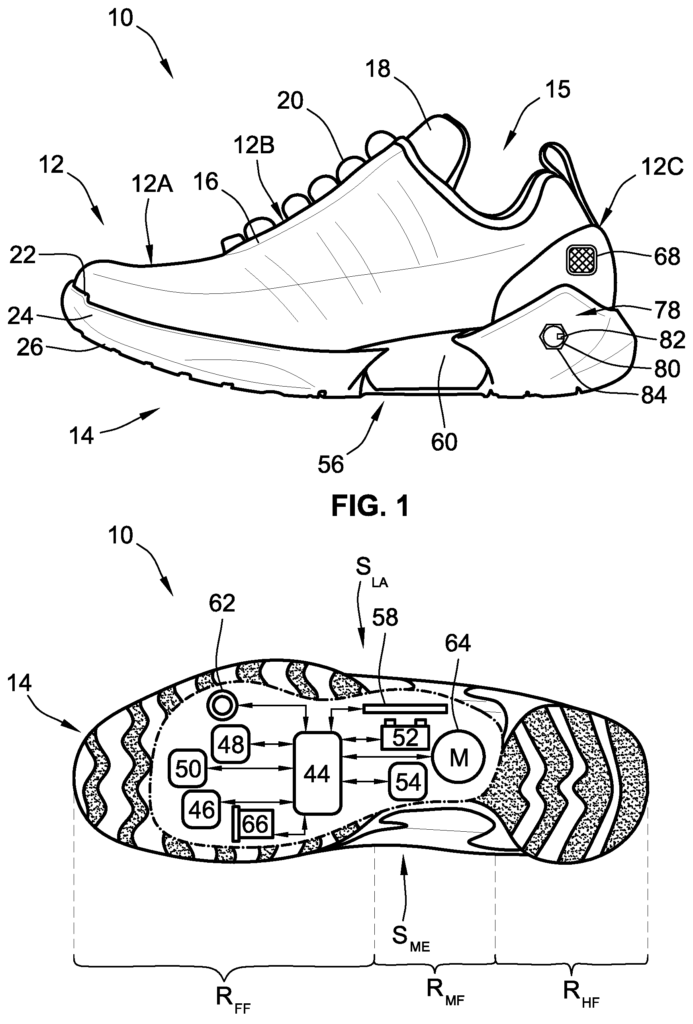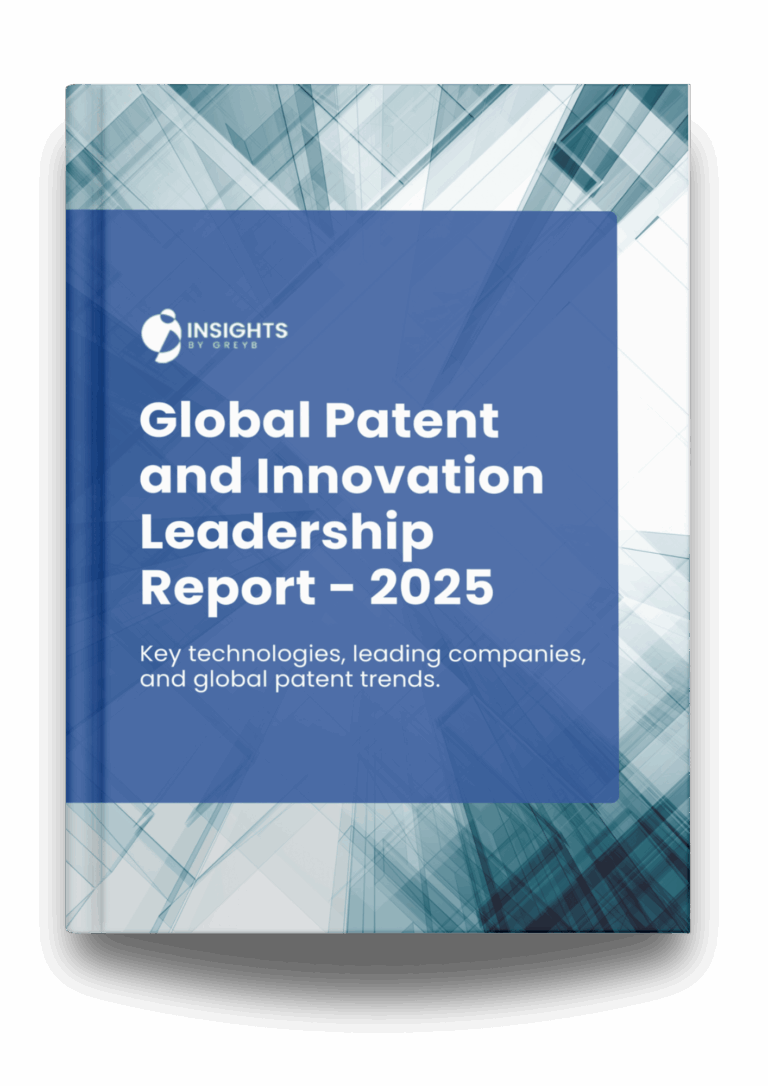Nike is at the forefront of innovation with its latest HyperAdapt 2.0 smart shoes, featuring advanced self-lacing technology. These shoes have recently been improved, guaranteeing comfort and performance by automatically adjusting to fit the wearer’s foot. The technology underlying the adaptive lacing system, which tightens or loosens the laces in response to pressure and foot movement, is highlighted by key patents. The HyperAdapt 2.0 comes with a rechargeable battery lasting up to two weeks, lightweight construction, and a sleek design. Additionally, an integrated app allows users to customize settings and track performance. With these features, Nike is redefining smart footwear, offering a perfect blend of comfort and advanced technology.
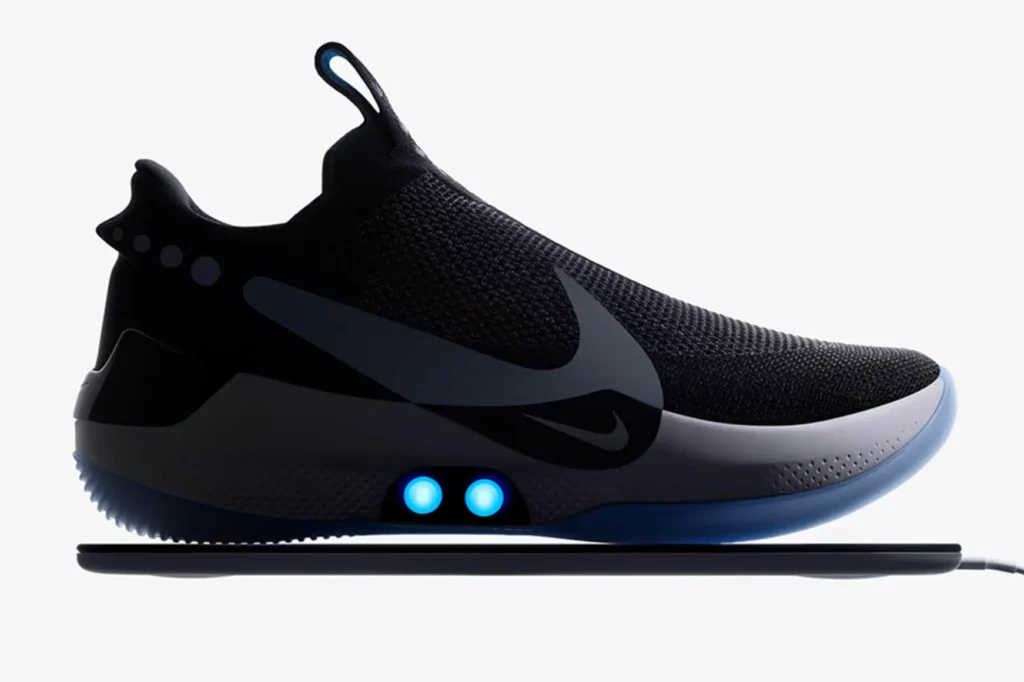
What are the key features of Nike Smart Shoes?
The Nike HyperAdapt 2.0 builds upon the innovations of the original HyperAdapt 1.0 with several enhanced features. Here are some of the key aspects of the HyperAdapt 2.0:
Enhanced Self-Lacing Technology: The 2.0 version continues to use the Electro Adaptive Reactive Lacing (EARL) system but with improved responsiveness and performance. The lacing system has been refined for quicker adjustments and a more secure fit.
Battery Life and Charging: The battery life has been extended, allowing for longer periods between charges. The charging process is more efficient, and the shoe comes with an updated charging mat that provides faster charging times.
Integration with Nike Adapt App: The HyperAdapt 2.0 can be paired with the Nike Adapt app, allowing users to customize the fit, adjust the laces, and monitor the battery life through their smartphones. The app also provides firmware updates to enhance the shoe’s functionality over time.
Improved Comfort and Fit: The shoe features an updated design with a more comfortable fit. The upper material is more flexible and breathable, offering better support and comfort during various activities.
LED Indicators: The LED lights in the sole not only indicate battery life but also provide customizable color options through the Nike Adapt app. Users can choose their preferred colors and lighting patterns.
Performance-Oriented Design: The HyperAdapt 2.0 is designed for both everyday use and athletic performance. The shoe provides a stable and responsive feel, making it suitable for sports and casual wear.
Durability: The materials and construction have been enhanced to improve durability, ensuring the shoe can withstand regular use and various environmental conditions. Advanced Sensors: The shoe includes updated sensors that provide more accurate data on foot position and movement, allowing for more precise adjustments to the lacing system.
Innovation behind the Nike Smart Shoes
We’ve analyzed key patents related to smart shoes. Read the summary below and discover the ingenious innovations behind this breakthrough technology!
This Patent US20240016254A1 system includes smart footwear and a remote system. The smart shoes can adjust their fit based on commands from a processor. The remote system stores user profiles with different fit settings and prompts the user to put on the shoes. Once the shoes are on, the remote system wirelessly receives a signal from the shoes, retrieves the chosen fit setting from the user’s profile, and sends this setting back to the shoes, which then adjust to the selected configuration.
This system solves the problem of finding the perfect fit for footwear. By allowing the shoes to adjust automatically based on a user’s profile and preferences, it ensures optimal comfort and support for various activities and foot shapes. This eliminates the need for manual adjustments and enhances the overall wearing experience, making it particularly beneficial for athletes and individuals with unique fitting requirements.
This patent US10172409B1 describes smart shoes equipped with automated safety features. The shoes have a built-in collision warning system, a detection tag, wireless communication, and a controller. When the detection tag receives a signal from a nearby transmitter, it sends a response signal back. A remote computing node then sends a pedestrian collision warning signal to the shoes’ controller via the wireless device. The controller then activates the collision warning system, which alerts the user through visible, audible, or tactile warnings of an impending collision with a vehicle.
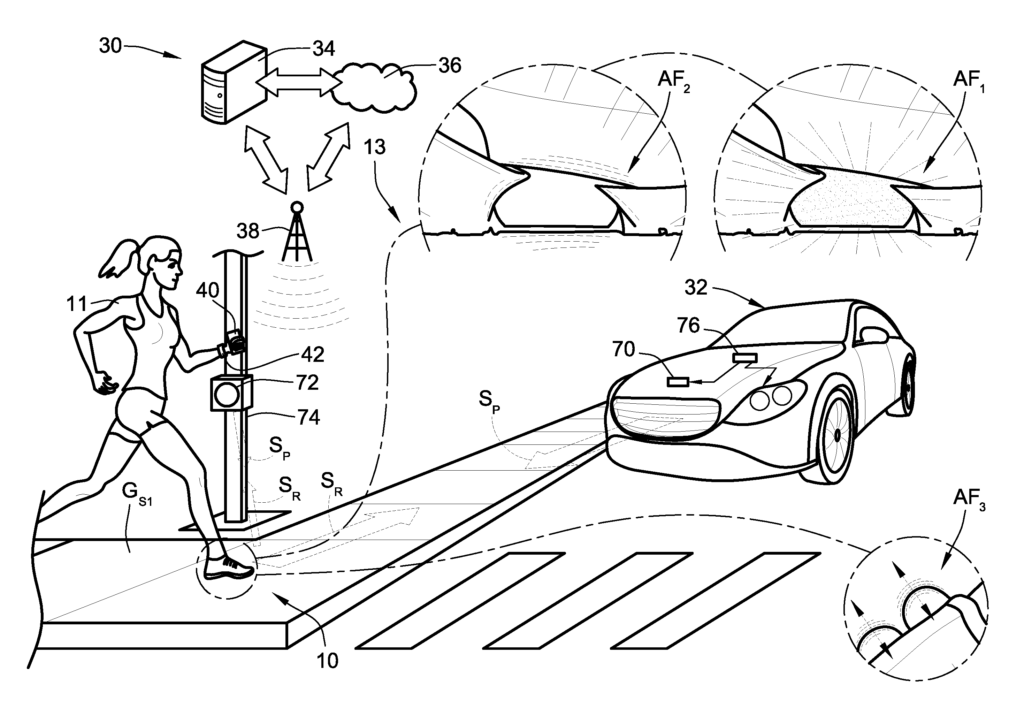
This system addresses the problem of pedestrian safety, particularly in avoiding collisions with vehicles. By providing real-time alerts through visible, audible, or tactile warnings, it enhances situational awareness and helps users avoid potential accidents, thereby reducing the risk of injury. This is especially useful for individuals who may be distracted, have limited mobility, or are in environments with high traffic.
This patent US9723381B2 describes wearable systems and methods for monitoring athletic performance. The system includes a sensor that captures data during athletic activities. If the sensor detects a break in the user’s training session, it automatically pauses any media content being played. This ensures that users don’t miss any part of their media content while taking a break from their workout.
This system automatically pauses media playback when it detects a break in an athlete’s training session, ensuring they don’t miss any part of their audio or video content. This allows athletes to stay focused on their workout without needing to manually control their media, providing a seamless and convenient training experience.
This patent US20240143030A1 describes smart shoes that help guide users to a specific location using GPS data. The shoes receive the user’s location from a GPS satellite and the target location from a remote server. The system then calculates the best route to the target and sends commands to the shoes’ navigation system. This system provides visual, audio, or tactile cues to the user, helping them navigate to the destination.
This system is helpful because it guides users to their destination using signals from their smart shoes, eliminating the need to constantly check a map or phone. This makes it easier for people to navigate unfamiliar places, keeping their hands free and allowing them to stay focused on their surroundings, whether they’re running, hiking, or exploring a new city.
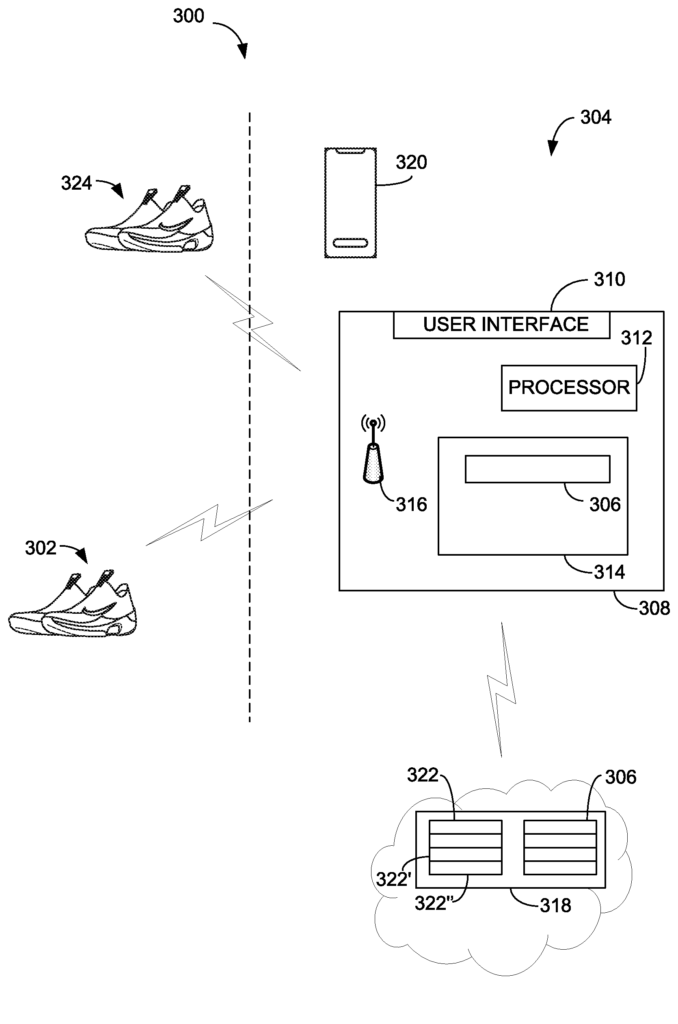
In conclusion, Nike’s HyperAdapt 2.0 stand out in the competitive landscape of smart footwear. Competitors like Adidas and Under Armour are also developing similar technologies but Nike differentiates itself with its advanced adaptive lacing system and seamless integration with user profiles for personalized comfort. The transformative potential of smart shoes lies in their ability to enhance athletic performance, provide real-time feedback, and improve overall user convenience. With these, Nike is set to revolutionize how we think about footwear, merging innovation with everyday functionality.
